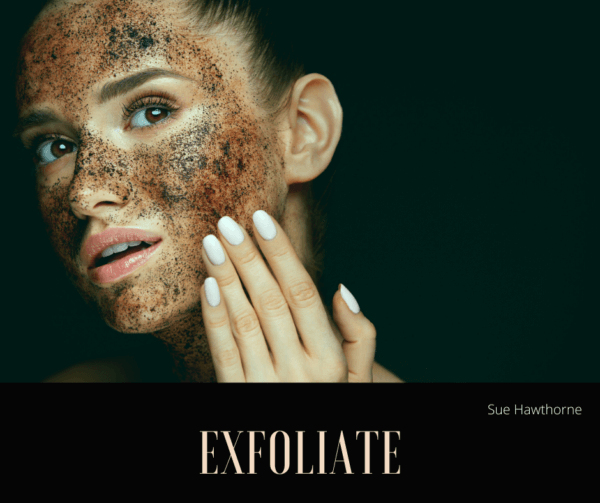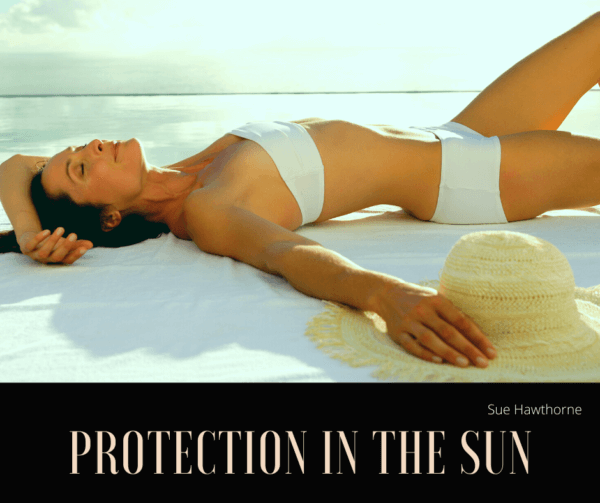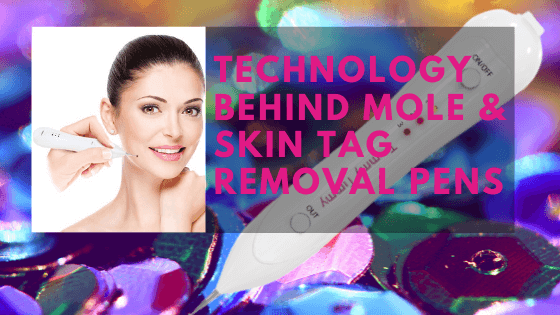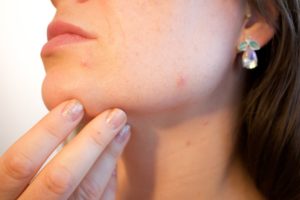Skin tags are common and are not dangerous, but most people still don’t like having them for cosmetic reasons. They can suddenly show up almost anywhere on the body, but the most common places they are found are on parts of the skin that rub against clothing. To call them tumors might incite fear, but they are entirely benign. Here we’ll take a look at some natural remedies to remove skin tags at home.
What Are Skin Tags?
Skin tags are a benign and non-cancerous type of tumor that grows from the skin. They are capable of showing up almost anywhere, but some common places include the armpits, the upper chest area, the eyelids, around the genitals, and the neck. Some of these can go unnoticed for a long time, but those that are in very noticeable places are often considered a nuisance.
There are times where the skin tags can suddenly fall off naturally and completely painlessly. If a skin tag is substantial, it might burst if it comes under a lot of pressure. The appearance of these tags can be irregular or smooth. Their color is typically that of skin, but some are a slightly darker brownish color.
What Causes Skin Tags?
It isn’t yet known the exact causes of skin tags. What is known is that there are certain types of people that are more likely to develop them than others. If someone has diabetes, they are more likely to get skin tags. As people become more and more overweight or obese, then they also increase their chances.
If someone in your family has skin tags, then genetics will make you more likely to get them. Also, some doctors suggest that undernourishment increases the chances. That is likely the reason that people who are overweight and obese get them. It may also be why those with diabetes get them. It is more likely that someone who is overweight consumes foods that increase levels of insulin and that have fewer nutritional components.
Skin Tags are also found in those who have high blood pressure and high cholesterol. If someone is insulin resistant, then they are more likely to develop. All of these factors demonstrate that proper nutrition and eating habits are essential if someone is trying to prevent the growth of skin tags.
Some medical professionals have concluded that when skin tags appear, the person is at a higher risk of having or developing insulin resistance. They may also be at risk for cardiovascular disease. Others are at risk of having metabolic syndrome.
Are Skin Tags A Problem?
Skin tags are not in themself a problem. Although they are a type of tumor, they are completely benign. The one thing to be careful about is not to just cut them off with a knife or scissors because this could cause bleeding, and it may leave a scar. There are far better ways of removing skin tags, whether naturally or by a doctor or at home.
Natural Remedies For Removing Skin Tags At Home
1. Apple Cider Vinegar
Apple cider vinegar removes skin tags. This is a natural remedy that takes time. The way it works is by applying some apple cider vinegar to a cotton swab and then placing it firmly on the skin tag. You might need to use something to pinch it to hold it there, or you may even find that a rubber band or something similar can work to hold the swab on and then keep it there for 20 to 30 minutes. This will need to be repeated each day over a 10 to a 14-day timeframe. Overtime the acidity from the vinegar will cause the skin tag to break down and allow it to fall off.
2. Tea Tree Oil
Tea tree oil is a natural antifungal and antiviral. It’s entirely safe for use on the skin. To get the benefits of this remedy, you clean around the skin tag and then dip a Q-tip into the tea tree oil and apply the oil all over the skin tag. You will then take a band-aid and put it over the area and leave it overnight while you sleep. This process should be repeated every 4 to 7 days, and often the tag will completely dry out and fall off on its own.
3. Raw Garlic
Garlic is well known for helping skin and for its anti-aging qualities. This remedy requires that you crush some garlic and tape it with a bandage over the skin tag. You’ll then let it remain there during the night while sleeping. In the morning, remove the dressing and the garlic and wash the area. You’ll need to repeat this several times, and you’ll begin to notice that the skin tag starts to shrink, and it will ultimately disappear.
Other Products For Removing Skin Tags
1. Skin Tag Removal Cream
At many drugstores, there are kits that have a cream along with an applicator that can be used to remove the skin tags. Very often, it is only necessary to use the cream once to remove the tag successfully. The kit will come with instructions, and they will usually recommend that you clean the area with some alcohol before you use the cream. It is generally vital that the area can absorb the cream fully. It often causes a slight stinging feeling, and although you use the cream only once, it will take a couple of weeks before the tag falls off.
2. Dental Floss
This very often will require a device or the help of another person. It’s challenging and almost impossible to do by one’s self. The area should be cleaned well before applying the dental floss. Using the dental floss, you wrap it around the skin tag in a way that cuts off the blood flow. Once the skin tag has no blood flow to it, it will die and fall off. It is often necessary to retighten the dental floss once each day.
3. Over-The-Counter Freezing Kit
Liquid nitrogen is becoming very common, and it can be found in pharmacies and drugstores in the form of a freezing kit. A reasonably small amount can be used to remove a skin tag successfully. It is important that you carefully read the instructions and follow them to ensure success and to prevent any potential hazards. You may have to use it several times before you successfully remove the skin tag.
It’s essential to keep the spray from touching other parts of the skin. You might consider applying some petroleum jelly around the skin that does not have the skin tag but is close enough that you might get some of the nitrogen on it when spraying. It can protect that part of the skin from the nitrogen.
When Not To Use Natural And Home Remedies
Skin tags can show up in very sensitive areas of the body. When this is the case, then it may not be a good choice to use any of the home remedies or over the countermeasures mentioned above. Such situations include when the skin tags are very close to the eyes, in the area of a person’s genitals, or when they are extremely large or long.
If you find that you have some skin tags in these areas and you’re unsure whether or not you should use any home methods for removing them, then you should consult with a healthcare professional. They have a few straightforward ways that they can remove the skin tags. When you go to the doctor, they can typically remove the skin tags in mere moments, and you won’t have to repeat the visit.
The procedures can be done in the doctor’s office, and they are typically painless. The doctor may choose to cut it off or freeze it off, but they will do it in a way that’s completely safe and with little or no pain. It also means that the doctor is there so that if there are any concerns, then those can be addressed while at the visit.
One common procedure used by the doctor is cauterization. This is when heat is used to remove the tag from the body. A process called cryosurgery is another choice that utilizes liquid nitrogen. Similar to the home kits that can be purchased at drug stores, this will use nitrogen to freeze off the skin tag. The difference is that the doctor will usually be able to perform this procedure and completely remove the skin tag in one go.
It’s also possible that they can perform in-office surgery by sniping the tag off with surgical scissors. If the skin tag is big enough, this could end up resulting in the need for stitches. The other methods mentioned are the ones most commonly used by a doctor.

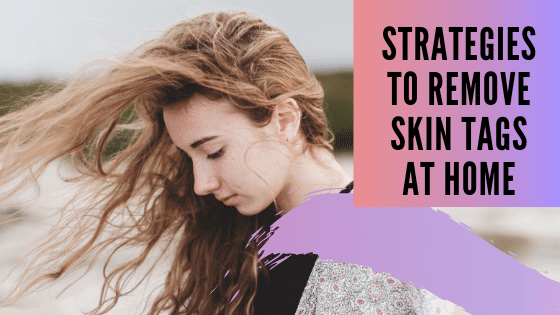

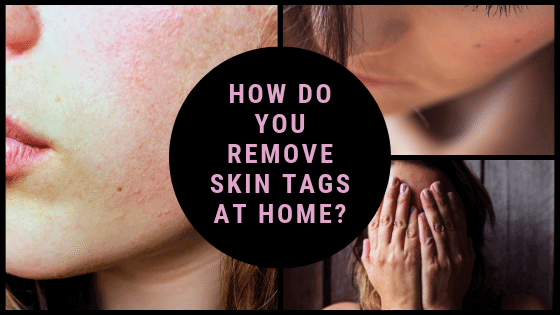
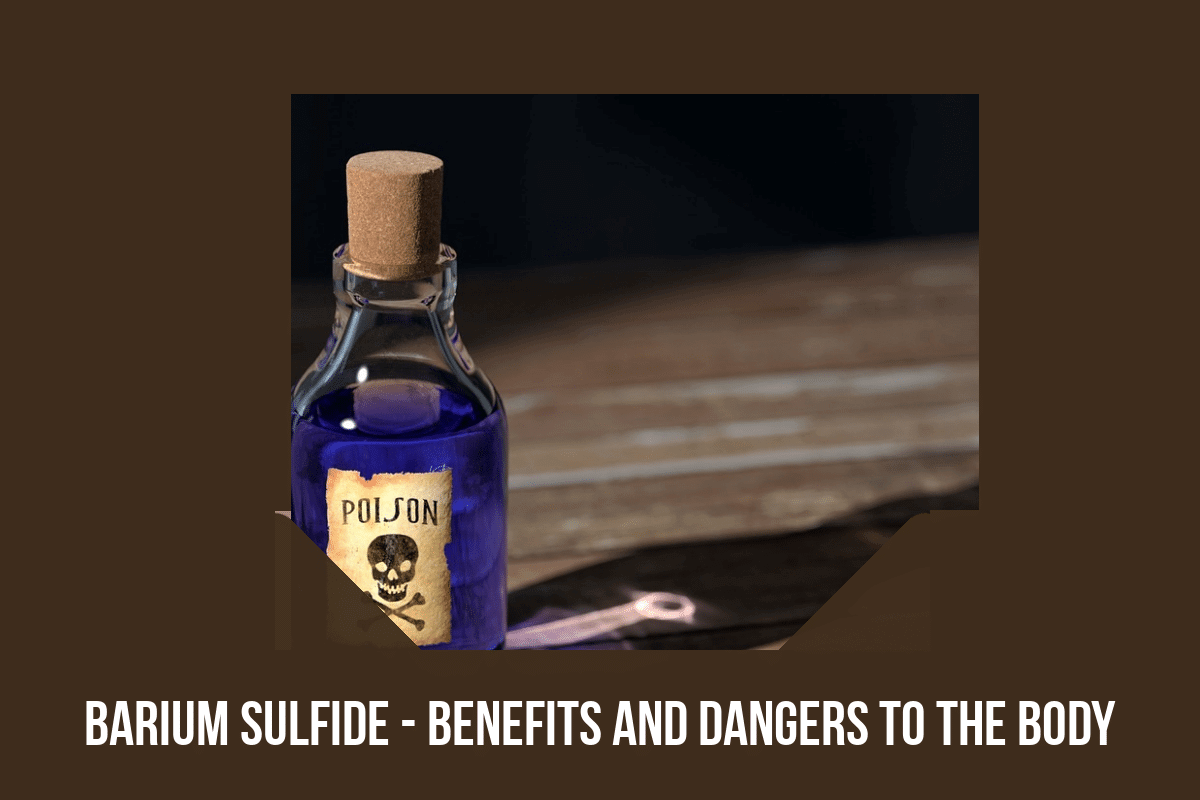


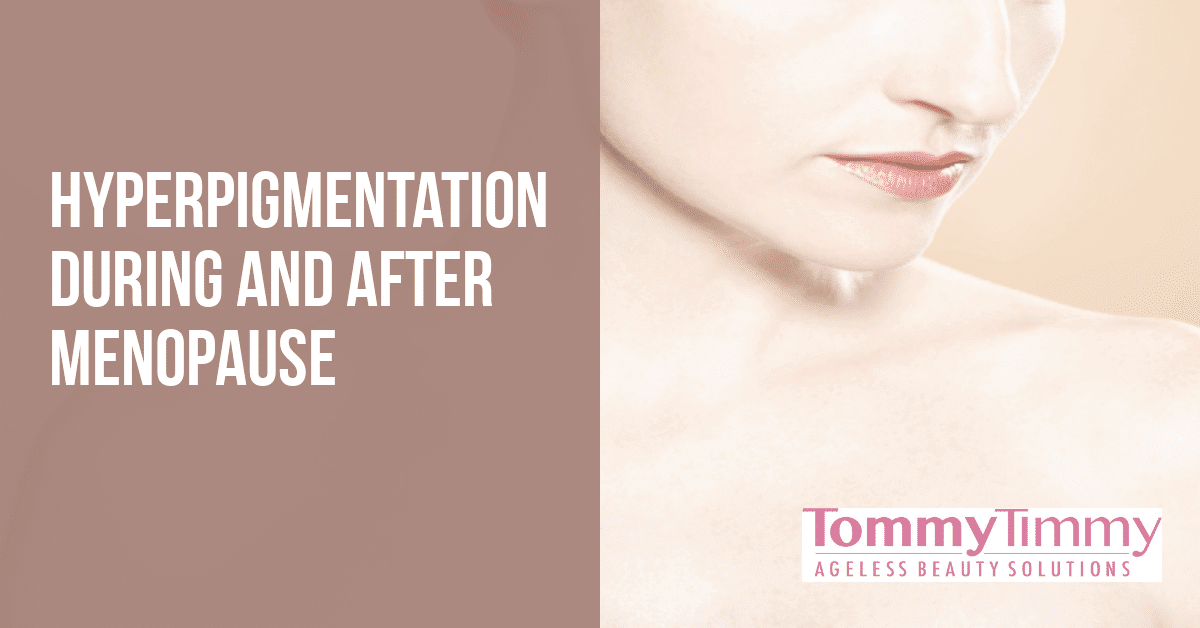
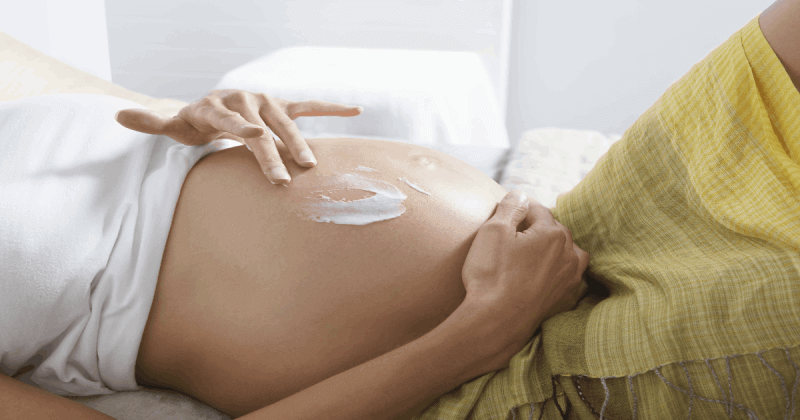
![[Solution] Dull Or Sallow Complexion?](https://suehawthorne.com/wp-content/uploads/2019/07/dull-looking-skin.png)

